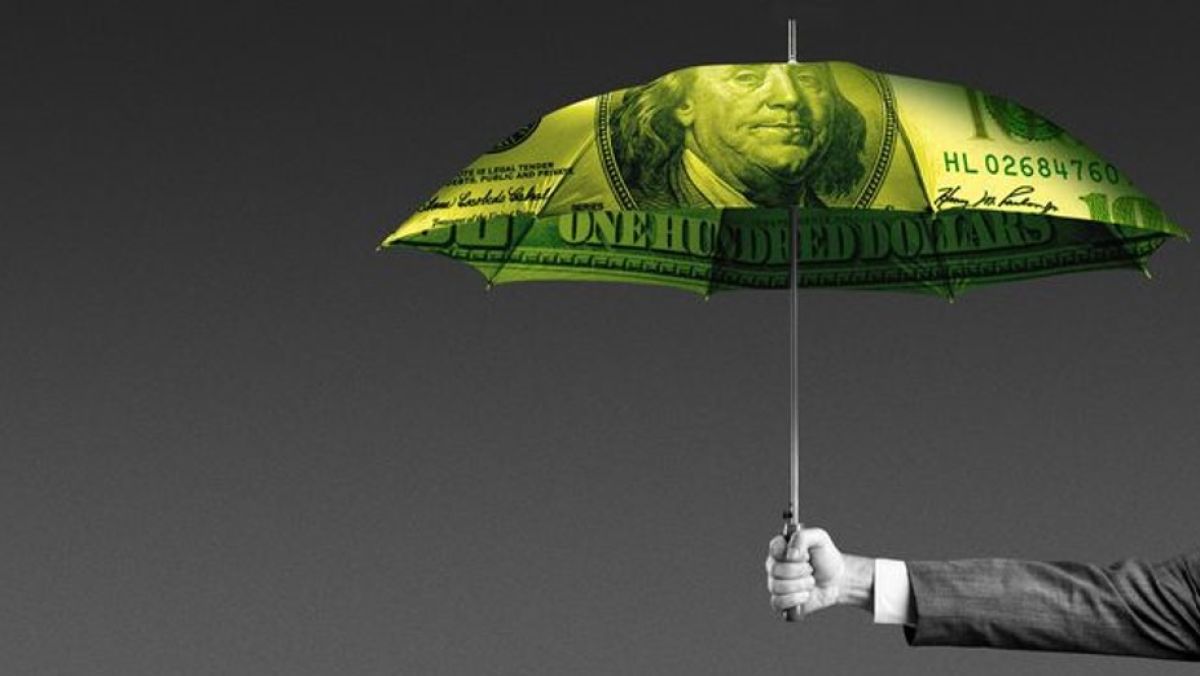Construction, Economy, eNews
Hurricane Helene could cost up to $34B

Hurricane Helene, a Category 4 storm that tore through the Southeast of the United States last week, has left more than 160 people dead and is estimated to cost the country as much as $34 billion, according to Moody’s Analytics.
Why it matters: Natural disasters are becoming more common, and credit managers need to understand the risk created by these disasters.
“It remains far too early to assign a precise cost to Helene,” Moody’s Analytics wrote Friday, noting it will release a more precise estimate in the coming weeks. “But based on what is known about the storm so far, there is enough information to produce a preliminary lost output and damage figure.”
The cost of Helene is significantly higher than Idalia’s but still below earlier storms this decade, like Ian and Ida, which struck more densely populated regions in Florida and Louisiana. Most likely, the scale and path of Helene will result in a larger portion of its expenses coming from disruption rather than direct damage.
“A third straight year in which a severe hurricane has slammed Florida’s Gulf Coast reinforces growing concerns about long-term impacts,” writes Adam Kamins, senior director of economic research at Moody’s Analytics. “Significant changes in the next year or two are improbable, but the corrosive impact on housing affordability in the Sunshine State looks like an ever-growing risk.”
Understanding the specific vulnerabilities of your customers’ regions can help tailor your disaster plan to provide targeted support and minimize disruptions to business operations. Bea Petrozzino, credit manager at SunCoast Contractors Supply, Inc. (Fort Myers, FL), handles customers affected on a case-by-case basis, as they serve from Louisiana to the Florida Keys. “In the case of a natural disaster, our credit department convenes with management, homeowners and sales to find a way to serve the community that’s been affected as well as protect the company so that we’re here for future weather events,” she said.
After you have evaluated the situation, make sure to check in with the impacted customers to see how they are doing and offer help if they need it. Barbara Roy, CBF, district credit manager at Hajoca Corporation (Baton Rouge, LA), contacts key customers to identify initial needs. “Once we’re aware of how the customers have been impacted, we communicate with the store or company owner and their credit department to determine what we can do to help further,” she said.
For customers impacted by severe weather events, credit professionals must adapt quickly to speed recovery. “We need to stay flexible to help the community, provide services and protect our business from prevalent fraud during these events,” Petrozzino said. “Even if a customer follows our terms, the natural disaster event makes us tighten our credit terms even more. When insurance companies are involved, we will ask either for full payment upfront or at least a deposit, which we normally don’t do with our general contractors.”
In the case of natural disasters, Roxanne Price, CCE, CCRA, NACM Chair-elect and corporate credit manager at H&E Equipment Services, Inc. (Baton Rouge, LA), ensures her team is on standby for their customers and sales to support them. “If they’re in a hurry or it’s urgent, we do everything we can to get the order sent out and make sure we get paid at the same time,” she said. “There may be a delay in getting documents signed and returned to us because the internet might be down, or they don’t have power. Credit professionals should stay flexible and proactive with a game plan in place during these situations.”
Credit professionals must keep a close watch on new people arriving after natural disasters to ensure they are genuine customers, not opportunists. “While we don’t have a formal disaster plan in place, we have an increased level of awareness of new customers and watch the agings closely to make sure customers aren’t slipping through the cracks,” Roy said.
The bottom line: The increasing frequency and severity of natural disasters necessitates credit professionals to adapt swiftly, ensuring tailored disaster plans and vigilant customer monitoring to mitigate business disruption and potential fraud.





